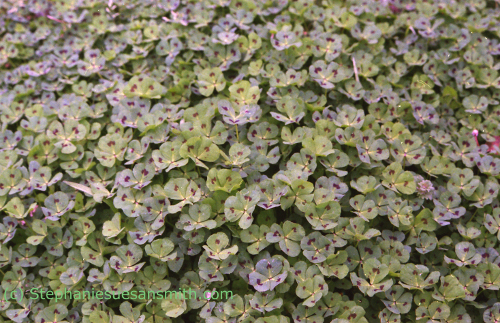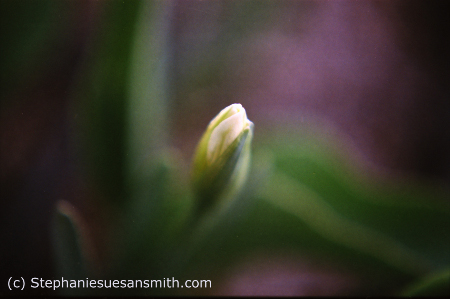Square Foot Gardening by Pat Abramson.
I’ve been hearing a lot of reasons why friends think their garden will be more than they can handle. “Without a tiller, I can’t prepare a bed.” “With my arthritis, I don’t think I can do all that bending.” “It’s more than I can take on right now.” These folks need to discover the “Square Foot Gardening” way!
No tilling is necessary, because you don’t use any soil you have! Instead, you create a bed ON TOP OF your own soil! You only plant what you want to eat, or can, or give away. And, if necessary, you can create your garden plot (4’ x 4’, or smaller) on a table, with holes in the bottom, so there’s no bending or kneeling.
Mel Bartholomew’s “Square Foot Gardening” book has sold more copies in the last 25 years than any other garden book. An engineer/efficiency expert, Mel wondered why everyone gardened in long rows that created lots of weeds, why they planted more than they could ever eat, and why they thinned or threw away 90% of what they had planted. Reason: “Because that’s the way we’ve always done it.”
Mel’s only tool need is a trowel. “Mel’s soil mix” is equal parts of compost, peat moss, and vermiculite. In our area, NK Lawn & Garden Seeding Mix will work better.
Locate your garden “box” plot close to the house. Make it 4’ x 4’ on each side. Each box will be 6” deep. Space each box 3’ apart. Wet 5 – 6 layers of newspaper on the bottom of your box, then fill it with the modified Mel’s mix described above
Place on top of each box frame a permanent “grid” that divides the box into one-foot squares. This grid is what makes the whole system work so well. Venetian blinds work great. Secure them to the sides & bolt them where they cross. You now have 16 squares for up to 16 different vegetables. In each 1-ft. square you can plant the following: 16 carrots, 9 spinach, 9 beets, 4 lettuce, 1 cabbage, 1 broccoli, 1 pepper, 1 tomato, 2 cucumbers, 8 pole beans. On one side of your box you will trellis plants like tomatoes vertically.
There won’t be room for weeds. Your plot is so small, watering is now manageable. Each time you harvest a plant, you’ll add a cup of compost and plant something new.
Bartholomew has begun a Foundation to help teachers, gardeners and missionaries carry Square Foot Gardening information to countries where families can learn to grow what they eat. Islands like Bermuda import all their food. The Government is working with Bartholomew to help teach residents how to go back to growing more of their own food. A manageable, square-foot garden seemed so ideal for schools that Utah decided to install one in each elementary school in the state!
“Square Foot Gardening” is available at bookstores. More information and products are available at www.squarefootgardening.com.









